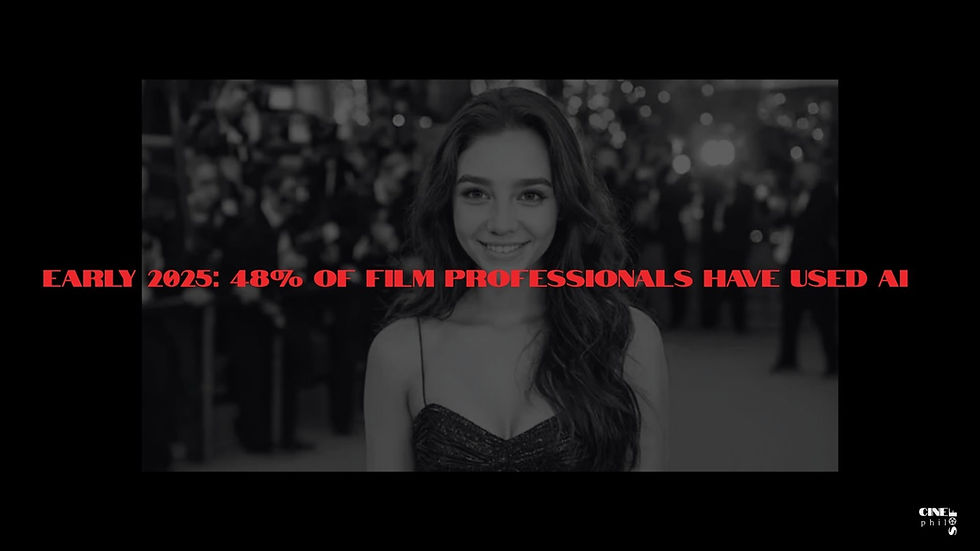Exploring ‘Eric’: Layers and Levels
- Sofia R. Willcox

- Jun 24, 2024
- 2 min read
During my weekly exploration of trending shows on streaming platforms, I stumbled upon the miniseries "Eric" (2024). What a pleasant surprise! I found myself binge-watching it all Sunday. "Eric" is a psychological thriller rich with layers, encompassing both complex and flawed characters, and offering a vivid portrayal of 1980s New York. Let's dissect how these layers play a role, revealing and intersecting with other prominent themes.
The Anderson family resides on a higher floor, though not as high as the Castillos, who are often shown in elevated positions, notably in the TV studio’s audience seats. Below them is the working class, including the New York Police Department, sanitation workers, janitors, and those running soup kitchens and nightclubs. Beneath them all lies an entire underground community of homeless people.
The series is not only a tale of capitalism at its peak but also explores intersecting themes. It highlights the AIDS epidemic, fervent homophobia, and concealed homosexuality. Prominent issues of Black excellence, racism, and xenophobia also come to the forefront. Additionally, the show delves into homelessness, gentrification, and child sex slavery. These themes resonate among co-workers, mothers, and hometown fellows, yet privilege and prejudice set them apart.
Zooming in, there is a recurring family cycle characterized by emotionally absent fathers, whose sons communicate through art and everyday gestures. For instance, Vincent fills this void with drug addiction while still yearning for his father’s approval. This is evident when he creates a puppet show set in Central Park, named after his father’s greeting, “Good Day Sunshine,” where he cherishes memories with him. Meanwhile, Edgar draws and creates a monster inspired by his own father.
Another parallel is the history of Central Park, which Vincent’s father helped build, whereas his son opposes it due to the displacement of poor settlements. While Edgar explores street voices and art, Vincent condemns it. A recurring motif across generations is French toast, serving as a connection point between them.
Regarding the mothers, there are generational gaps. While Vincent’s mother blends into the colour palette of her home’s wallpaper, suggesting invisibility not only as a woman but as an absent mother, his wife Cassie’s scent of coffee, flowers, and cigarettes symbolizes her as a working woman and nurturing mother.
The tale concludes with hope symbolized by pregnancy and children in the new generation, carrying the weight of these and other complex characters' story forward. Watch “Eric” now on Netflix!




Comments